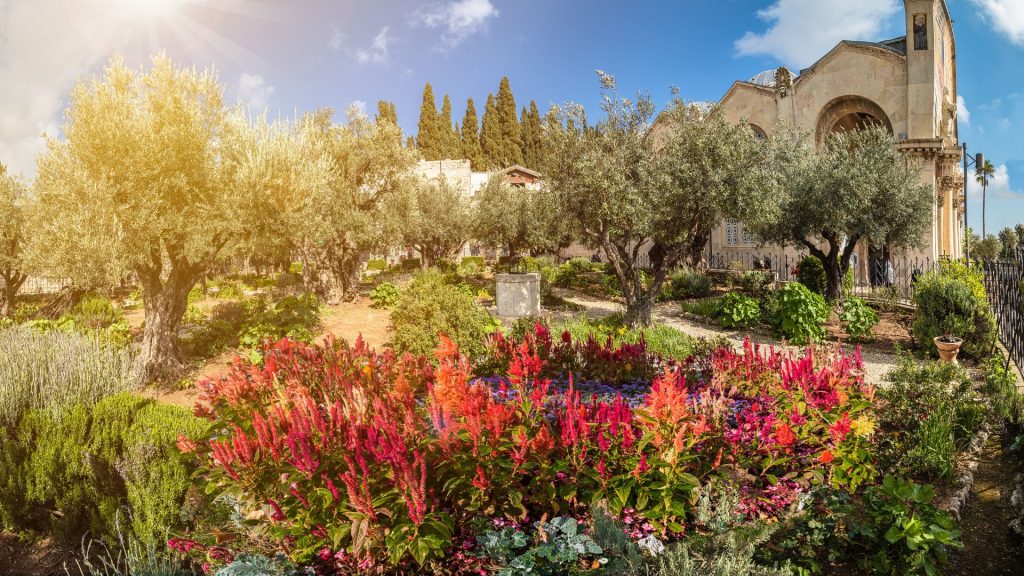Among true gardeners, there has always been a desire to create something original and unusual in their possessions. It has become fashionable among European flora lovers to create gardens in a certain style. The Gothic style is a unique combination of old-fashioned traditions with modern achievements in the field of land design. Many people mistakenly believe that the origins of the Gothic style lie in Germany, but in fact, its birthplace is France.
Later, from this country, the Gothic style made its way to other European states. Initially, it was only an architecture style, but over time it diffused over into other areas of art and life. Gothic style is often associated with bright individuals and personalities with creative extraordinary thinking. In this article, we give you some tips on how to implement ideas for decorating a personal plot through gothic plants and decorations.
Creating a Gothic Garden: Tips and Considerations
When designing a Gothic garden, it’s important to consider the overall theme and color scheme that you want to convey. Here are some tips for creating a cohesive look:
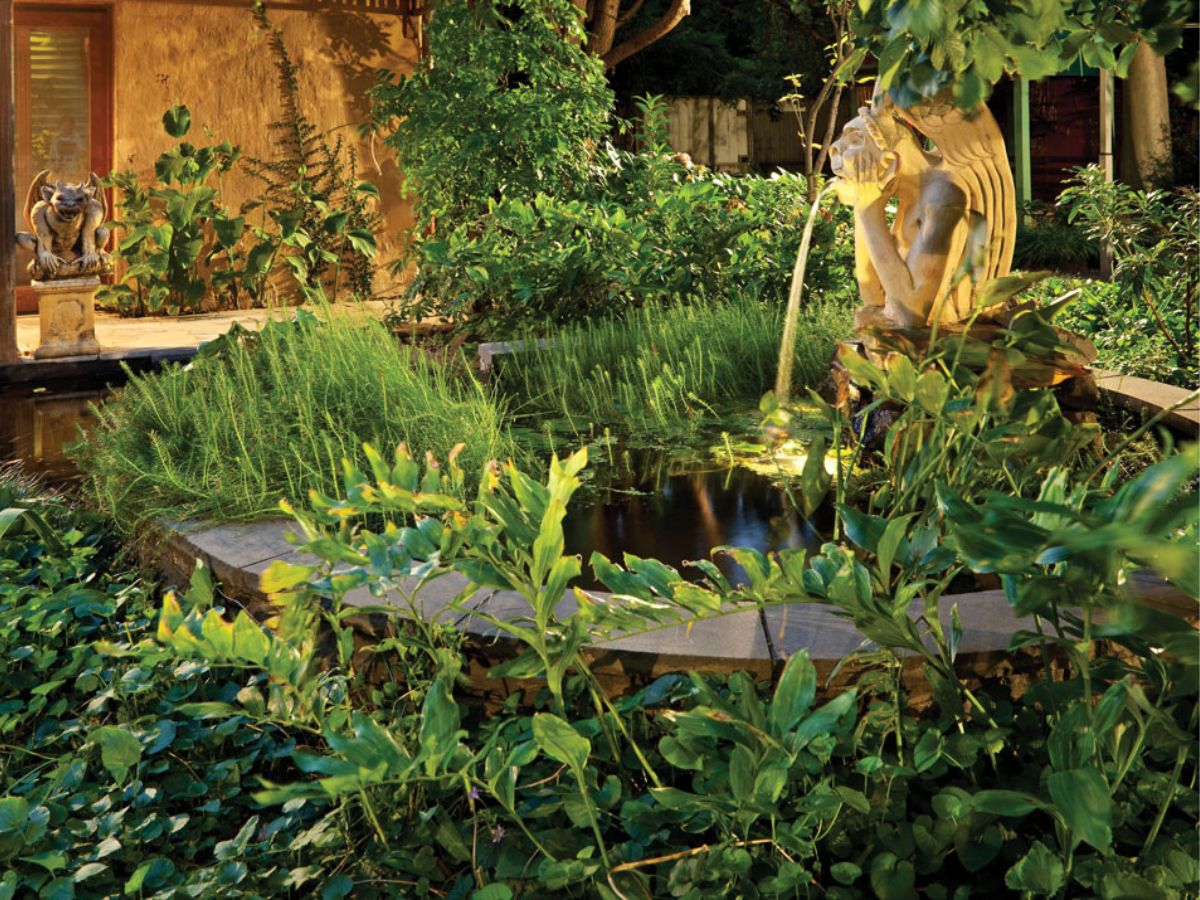
Choosing a Theme and Color Scheme
- Gothic gardens can take inspiration from a variety of sources, such as medieval castles, Victorian mansions, or horror movies.
- Decide on a color scheme that complements your chosen theme. Black, purple, and red are popular choices for Gothic gardens, but you can also incorporate metallic accents or jewel tones for added richness.
Incorporating Gothic Design Elements
- Gothic architecture and design is characterized by intricate details, arches, and spires. Incorporate these elements into your garden through the use of archways, trellises, or statues.
- Consider adding Gothic-inspired elements like gargoyles or tombstones to create a sense of mystery and intrigue.
Planning for Shade and Sunlight Requirements
- Many Gothic plants prefer shaded or partially shaded areas, so consider the amount of sunlight that your garden will receive when selecting plants.
- You can create shade by incorporating large trees or by using trellises to support climbing plants.
- If your garden is in a particularly sunny area, consider using plants with dark foliage to provide some relief from the heat.
By considering these tips and incorporating Gothic design elements, you can create a garden that perfectly captures the moody and mysterious atmosphere of the Gothic aesthetic.
Gothic Garden Plant Varieties
Black Bachelor’s Buttons (Centaurea cyanus Cultivars)

This plant is an excellent idea for a gothic garden that looks interesting. As the name implies, the inflorescences resemble small gloomy buttons, but at the same time look pretty cute. This fast-growing annual prefers plenty of sunshine and well-drained soil. It sows itself where it is satisfied. You can choose between ‘Black Ball’ and ‘Black Magic’, but the difference is very small. They have similar appearance and the growing conditions are nearly identical.
Black Bearded Iris (Iris × germanica Cultivars)
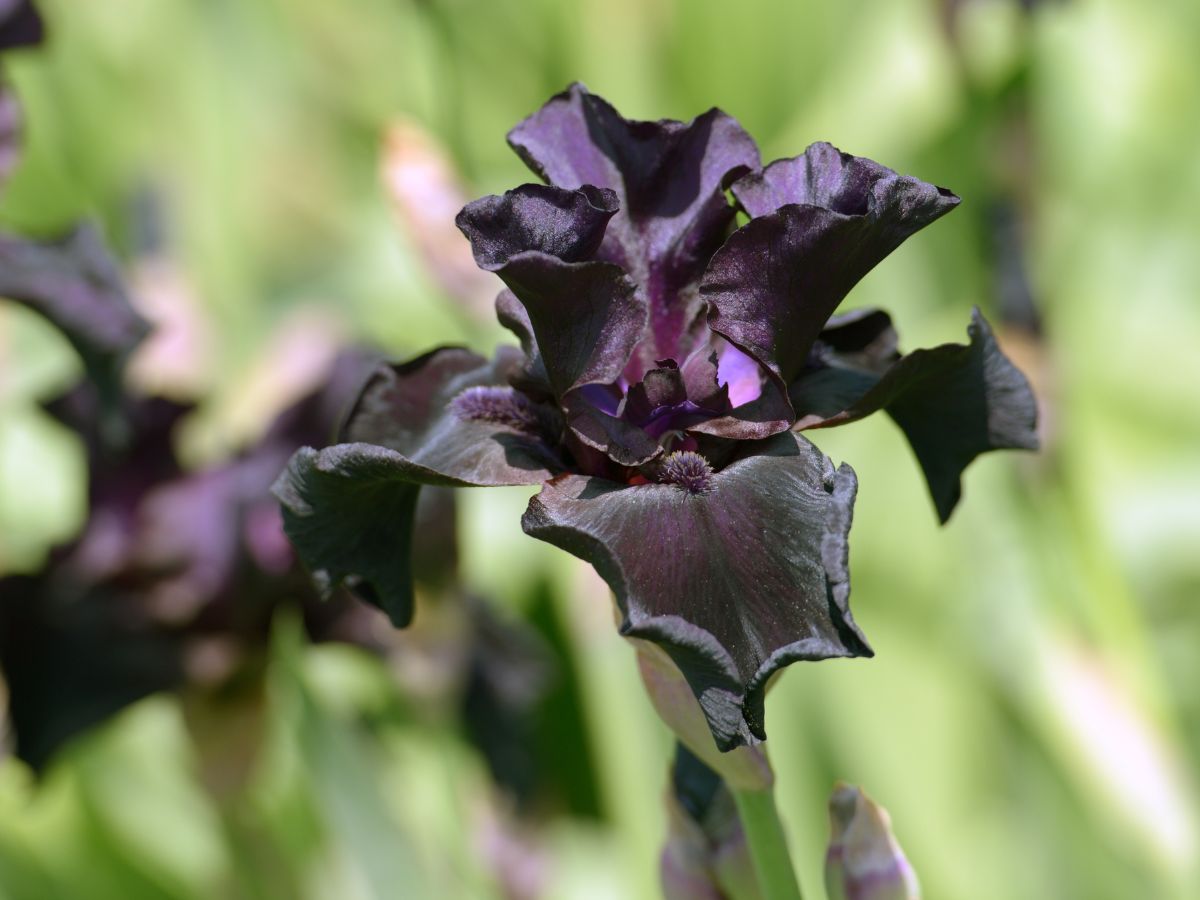
There are more black-bearded irises than it might seem at first glance. But for a gothic fairy garden, we recommend you go for ‘Before the Storm’, ‘All Night Long’, ‘Midnight Oil’, ‘Black is Black’ and ‘Raven Girl’. All of the black and look luxurious and creepy at the same time. Just what you need to create the right atmosphere! They are quite hardy perennials, but to keep them growing well for as long as possible, plant them in well-drained soil in full sun or light shade.
Black Calla (Zantedeschia Cultivars)
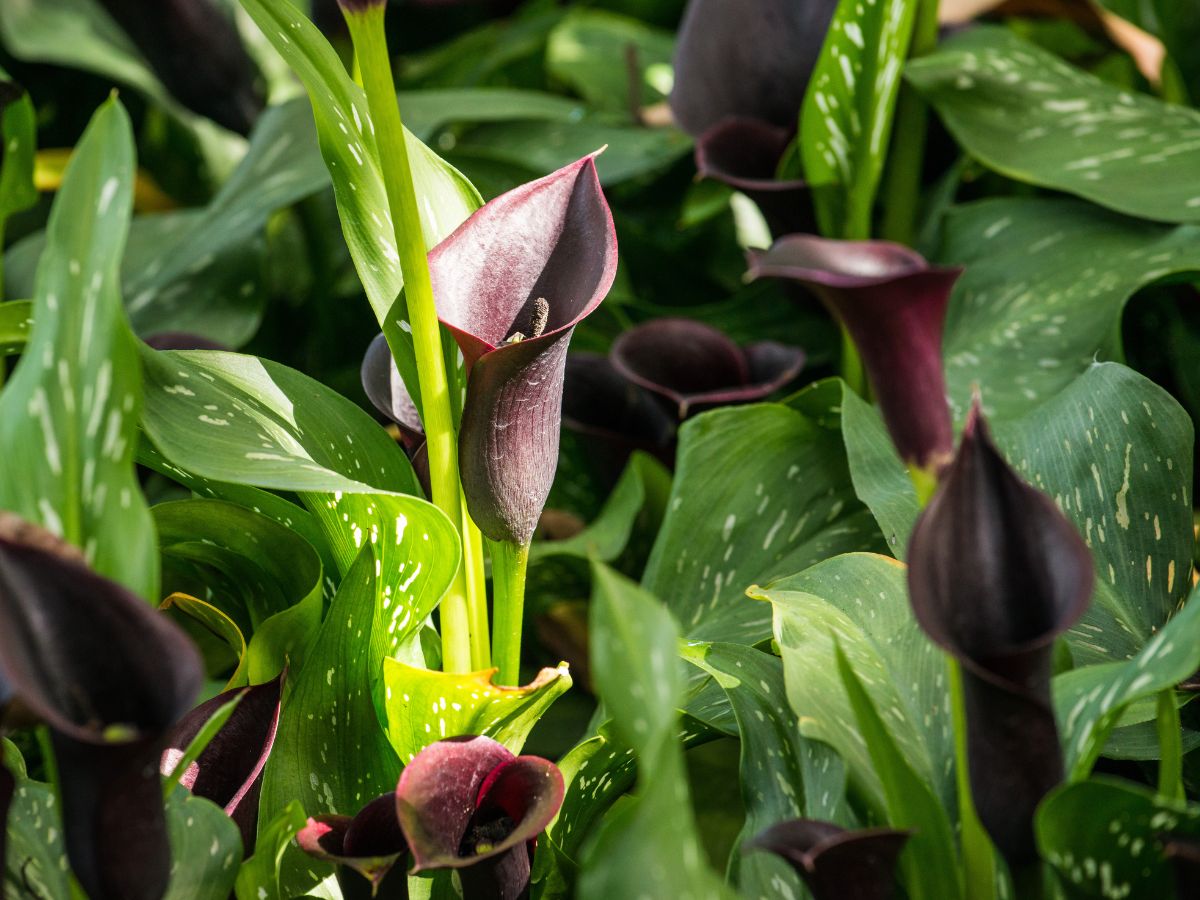
Interestingly, these gothic garden plants initially gained popularity due to their snow-white flowers. But the breeders decided not to stop there and bred various dwarf varieties in a wide range of colors. Among black calla lilies, the most popular varieties are ‘Edge of Night’, ‘Odessa’ and ‘Black Star’. In warmer months, you can grow it outdoors, but with the first cold snaps, it is better to bring it indoors. The ideal temperature for them is between 60 and 75 degrees F.
Black Hyacinth (Hyacinthus orientalis ‘Midnight Mystic’)
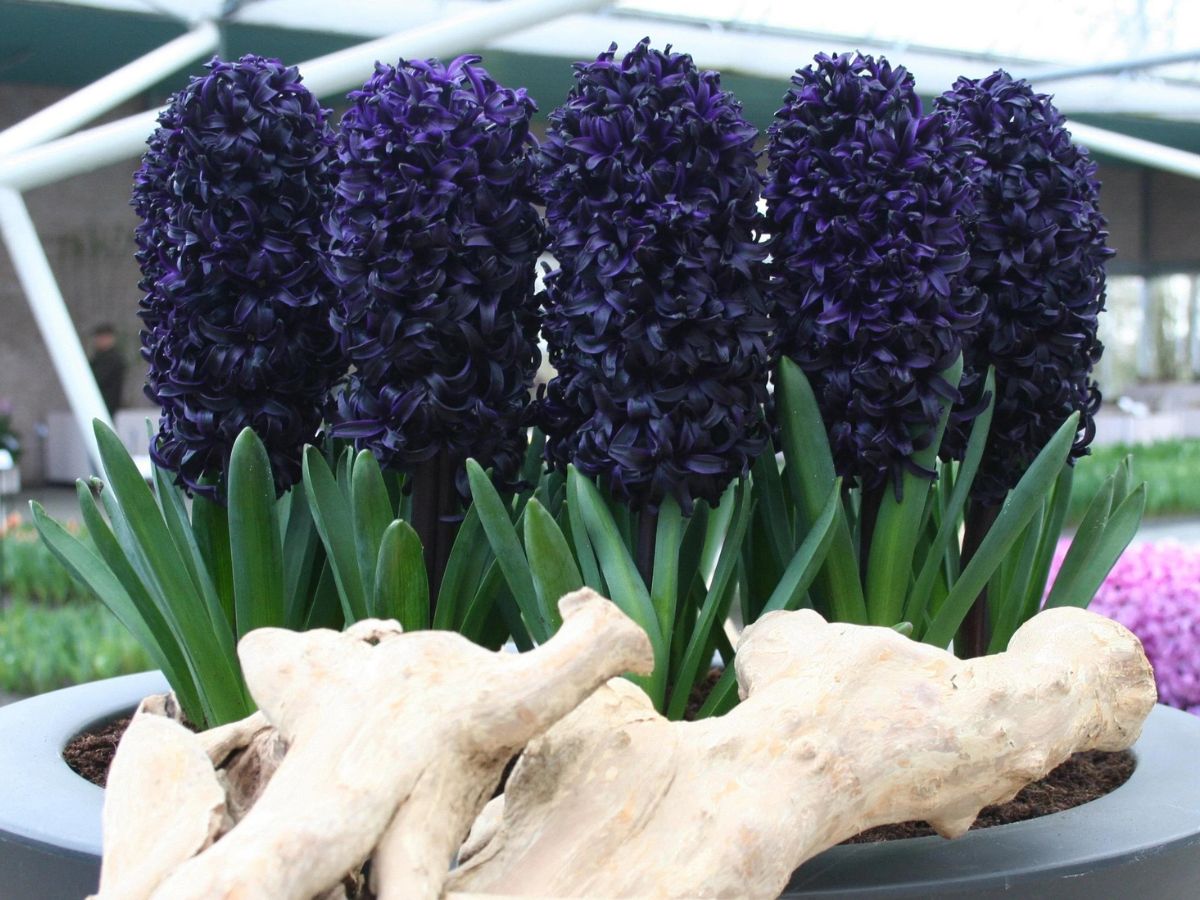
Black Hyacinths are a real breakthrough in recent years and one of the modern spectacular achievements of breeders. A plant with black petals was obtained relatively recently. The first variety was officially introduced to the public in 2005 at the Chelsea Flower Show. This became a real event in the world of breeding and made an impression on the most sophisticated florists. There is a rumor that the first three bulbs were sold for almost $300,000 USD. Now, of course, the prices are more acceptable. In addition to an incredibly interesting inflorescence, the plant may give you a delightful heady scent. It grows well both in partial shade and in full sun. Needs good drainage.
Black Hoya (Hoya ciliata)

This amazing gothic flower with fluffy leaves resembles a small star in black or maroon with a yellow crown in the center. By the way, not only is the shape of the flower unusual, but so is its smell. They are said to smell like peanut butter. If you want to decorate your gothic garden with such a plant, then keep in mind that it requires delicate care. It needs a high level of humidity and abundant watering.
Black Hellebore (Helleborus Nigra)
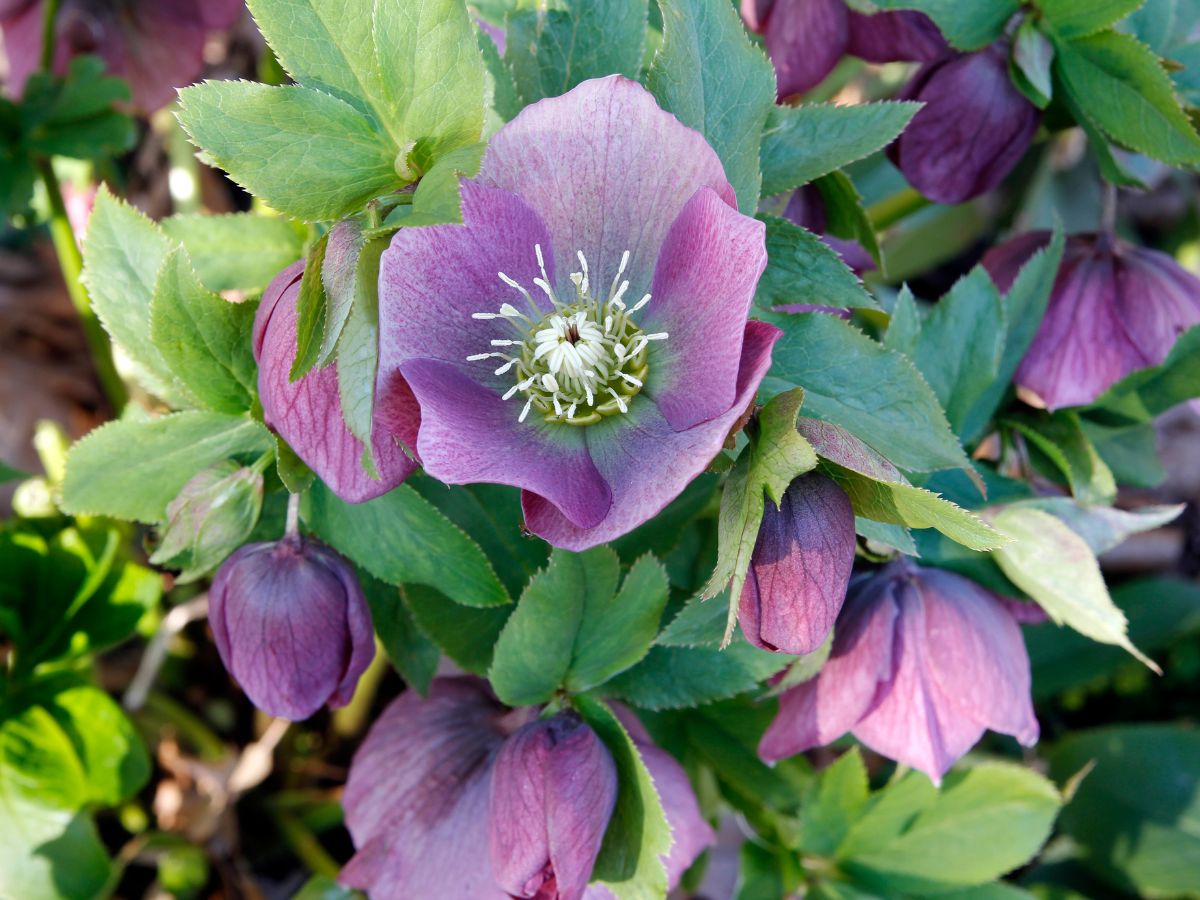
A real goth among flowers. This evergreen perennial has luxurious deep purple flowers that appear black from a distance, hybrid hellebores such as H. x hybridus ‘Black’, H. x h. ‘Black Diamond’, and H. x h. ‘Onyx Odyssey’. The latter is especially close to black. This is a rather early plant, its flowering in many climatic conditions begins already in the middle of winter. Grows best in evenly moist soil and partial shade.
Creating a Spooky Atmosphere
A Gothic garden is all about creating an eerie and mysterious atmosphere, and there are several ways to enhance this ambiance:
Enhancing with Lighting, Fog, and Soundscapes
- Install low lighting to create a shadowy and mysterious atmosphere. Consider using LED candles, fairy lights, or lanterns to illuminate the garden.
- Add a fog machine to create an ethereal mist effect. This can be particularly effective during Halloween or other spooky events.
- Use soundscapes, such as creaking doors or howling winds, to create a sense of unease and mystery.
Incorporating Spooky Elements
- Tombstones, cobwebs, and skulls are all classic Gothic garden elements. Place a few tombstones around the garden to create a graveyard effect, or use cobwebs to create a sense of age and decay.
- Adding a few skulls or other macabre elements can also create a spooky atmosphere. However, be careful not to overdo it and risk making the garden look too gaudy or cartoonish.
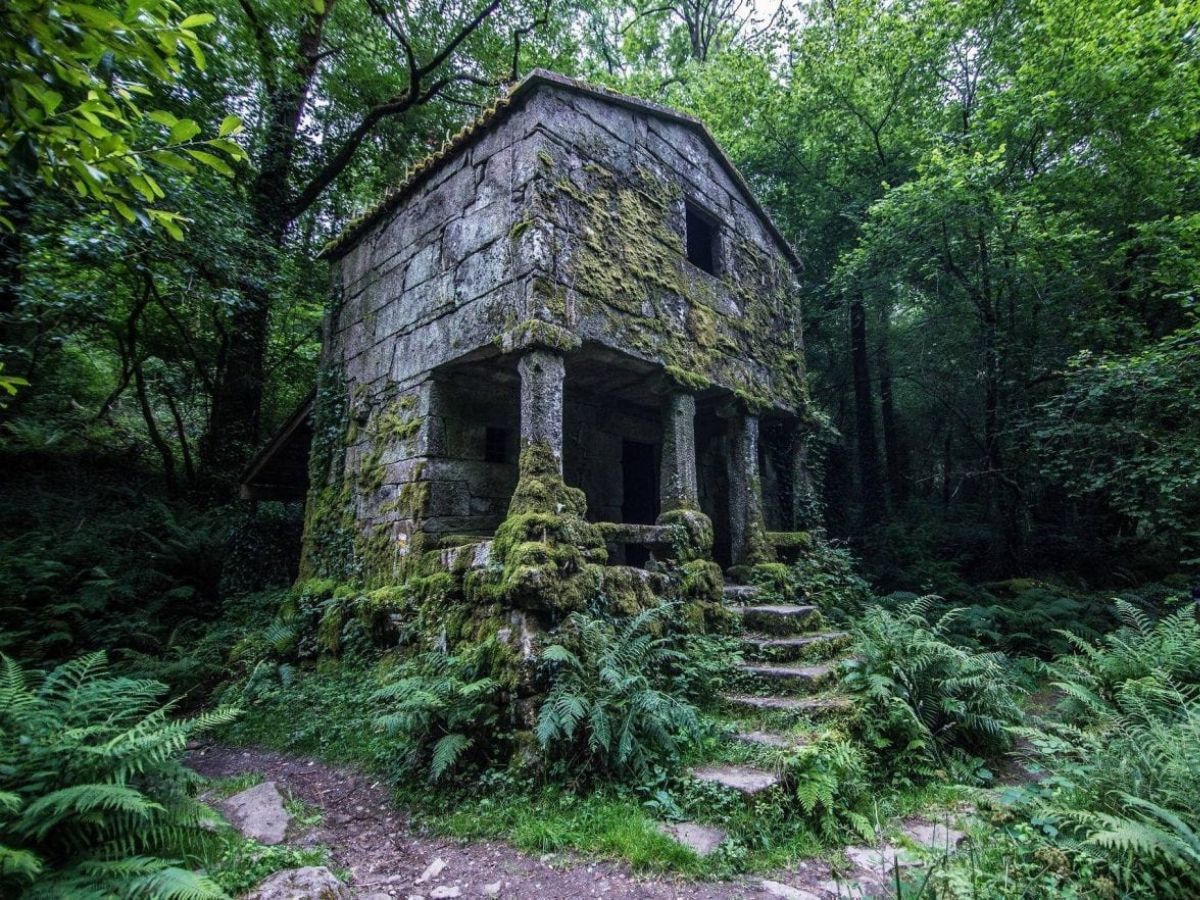
Balancing Creepy and Beautiful Elements
- One of the keys to creating a successful Gothic garden is finding the right balance between the eerie and the beautiful. A garden that is too creepy can become overwhelming, while a garden that is too pretty can miss the mark entirely.
- Incorporate plants with dark foliage or unusual shapes to add an otherworldly element to the garden. Consider using trellises or arches to create visual interest and add a sense of grandeur.
By enhancing your garden with spooky lighting, incorporating macabre elements, and finding the right balance between creepy and beautiful, you can create a Gothic garden that perfectly captures the essence of this hauntingly beautiful aesthetic.
Gothic Garden Maintenance
Keeping your Gothic garden healthy and thriving requires some effort, but with proper care and attention, your plants can flourish. Here are some maintenance tips to consider:
Keeping Gothic Plants Healthy
- Many Gothic plants, such as black roses and dark-leaved heucheras, require specific growing conditions to thrive. Research the needs of each plant and provide them with the appropriate soil, water, and light.
- Monitor your plants regularly for signs of stress or disease. Catching issues early can prevent them from spreading and causing more significant problems.
- Consider using natural or organic fertilizers to promote healthy growth and avoid chemical damage to your plants.
Managing Pests and Diseases
- Like all gardens, Gothic gardens can be susceptible to pests and diseases. Keep an eye out for common garden pests like aphids, mites, and slugs, and take steps to manage them before they cause significant damage.
- Some Gothic plants, such as black spot-prone roses, may require more regular fungicide treatment to keep them healthy.
Pruning and Trimming
- Regular pruning and trimming can help keep your Gothic garden looking neat and well-maintained. Prune dead or diseased branches and trim back overgrowth to encourage new growth and maintain an optimal shape.
- Be careful not to over-prune, however, as some Gothic plants, such as black lace elderberries, can be sensitive to overzealous trimming.
By following these tips for maintaining your Gothic garden, you can ensure that your plants remain healthy and vibrant, allowing you to enjoy the eerie beauty of your Gothic oasis for years to come.
Conclusion
In conclusion, creating a Gothic garden is a unique and rewarding endeavor that allows you to express your love for the eerie and mysterious side of nature. By carefully selecting Gothic plants, incorporating design elements, and creating a spooky atmosphere, you can create a garden that captures the essence of Gothic beauty.
However, maintaining a Gothic garden does require some effort and attention. Proper care, including selecting the appropriate soil and light for each plant, managing pests and diseases, and regular pruning, is necessary to keep your garden healthy and thriving.
Overall, a Gothic garden is a perfect way to express your love of the Gothic aesthetic and create a peaceful oasis that perfectly captures the moody and mysterious atmosphere of this unique design style.


